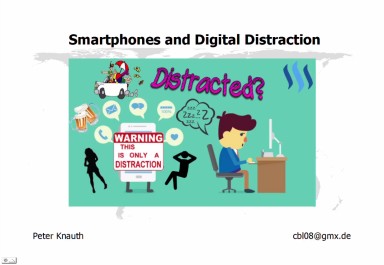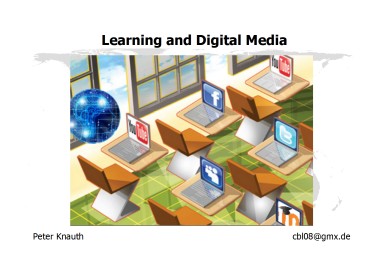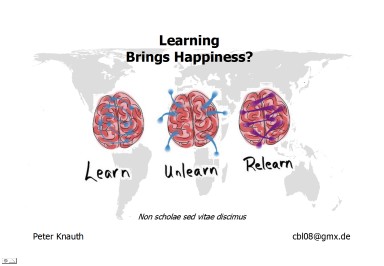
0:00:00 - Brain functioning (repeat)
0:06:49 - Online time
0:17:23 - Video Game Violence
0:45:41 - Smartphones: Myopia
0:50:23 - Smartphones: Poor Sleep
0:55:28 - Smartphones: Relation Mother Child
0:59:55 - Intelligence-Quotient
1:07:20 - Reverse Flynn Effect?
1:17:01 - Digital Distraction: Accidents
1:29:41 - Digital Distraction: Academic performance


